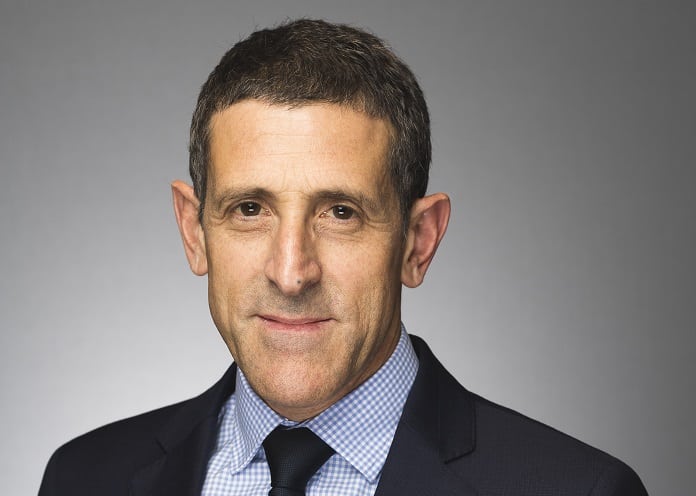The Morningstar Real Return 100, the most cautious portfolio from its four-strong fund range, now has a 30% cash weighting. It aims to deliver CPI plus 1%.
Mike Coop (pictured), EMEA head of multi-asset portfolio management at Morningstar, said cash levels in the Real Return funds are “substantially higher” because they are less constrained. All of the portfolios in the range with the exception of the Real Return 500, which targets a higher level of risk, have a double-digit cash weighting.
| Morningstar portfolio | Cash & cash equivalents % |
| Cautious Active | 23.00 |
| Moderate Cautious Active | 15.00 |
| Moderate Active | 8.00 |
| Moderate Adventurous Active | 4.00 |
| Adventurous Active | 2.00 |
| Real Return 100 | 30.10 |
| Real Return 300 | 16.90 |
| Real Return 500 | 8.80 |
| Real Return Flex | 21.20 |
“In general, we do seek to be fully invested to generate a return, but I think for those portfolios where the core asset is fixed income cash can play a particularly important role,” said Coop.
“You’ve got a pretty strict risk level and the client is not expecting you to lose material amounts of money. But they’ve signed up for a 12-year duration investment case, which is practically a negative real return after inflation, so it’s a rather extraordinary situation.”
UK govvies have been cut entirely from the Real Return funds to mitigate the risk of higher inflation.
Underrated cash
Coop said cash levels were generally higher across Morningstar’s multi-asset portfolios to account for the fact that equities and bonds look more expensive and are returning less.
He said he finds cash in general to be an “underrated asset”.
“We think it has an option value of being able to take advantage of better value opportunities when they arise,” said Coop. “And that option value is worth more when the return you get from equities and bonds is quite low and where the risk of those equities and bonds is higher than usual.”
Higher cash is also meant to offset interest rate sensitivity in some of the longer-dated assets held in the multi-asset range and protect the funds from higher volatility.
Coop believes investors have grown too complacent to the lower levels of volatility that characterised markets last year.
“2017 was probably one of the most stable periods on record so people have long been thinking that’s normal. But what is normal is much more volatility than that.”
UK vs US
Coop said the multi-asset portfolios have fewer equities than they have historically and bonds with lower duration.
But the funds have a bias toward UK equities, which the team views as better value relative to expensive US stocks.
Coop said fears around the UK stock market were overdone and purely driven by Brexit. He said earnings have improved thanks to a boost from weak sterling and sectors like financials and energy, which make up 15.53% and 21.82% of the FTSE 100 index, are looking healthier.
“I’m confident that earnings in the UK are fairly robust and the market is just out of favour,” said Coop. “When you are buying the UK stock market, you are not buying UK GDP.”
But he said that the UK looks like “a rotten investment compared to other bond markets”, gilts in particular, because they have low yields and longer duration.
Instead Coop said US treasuries offer better diversification. The Real Return 100 fund currently has 20% invested in the asset class.










